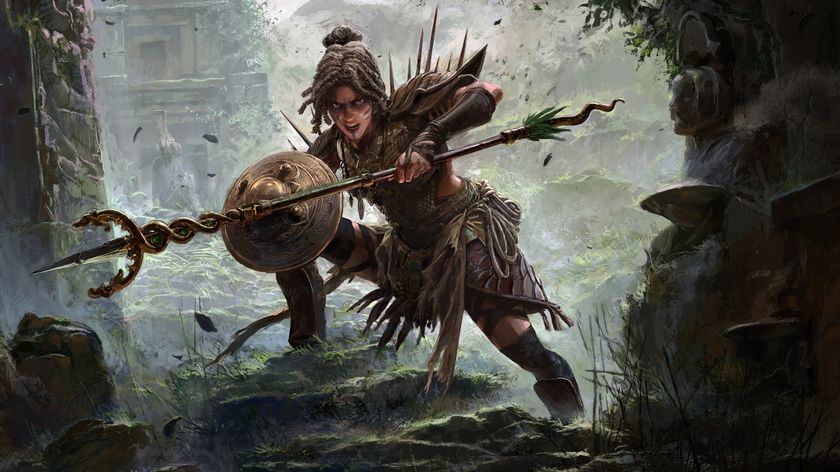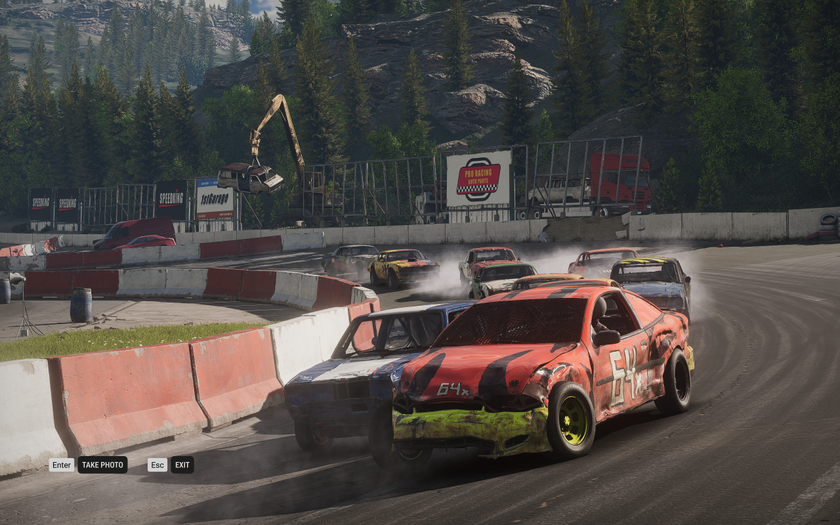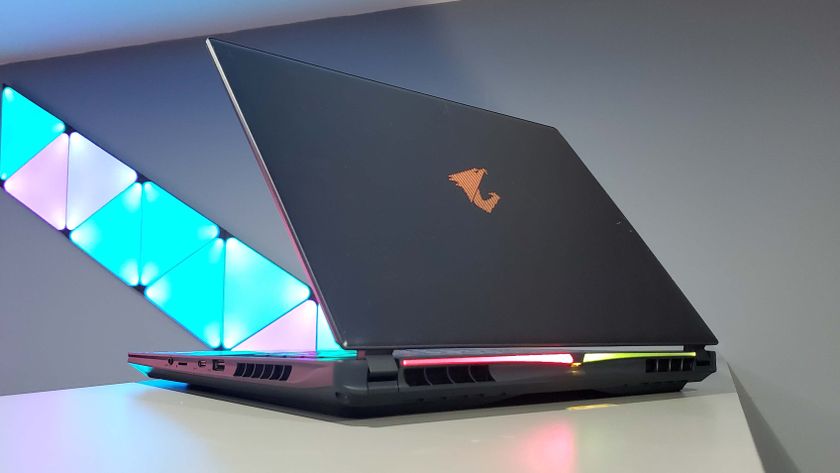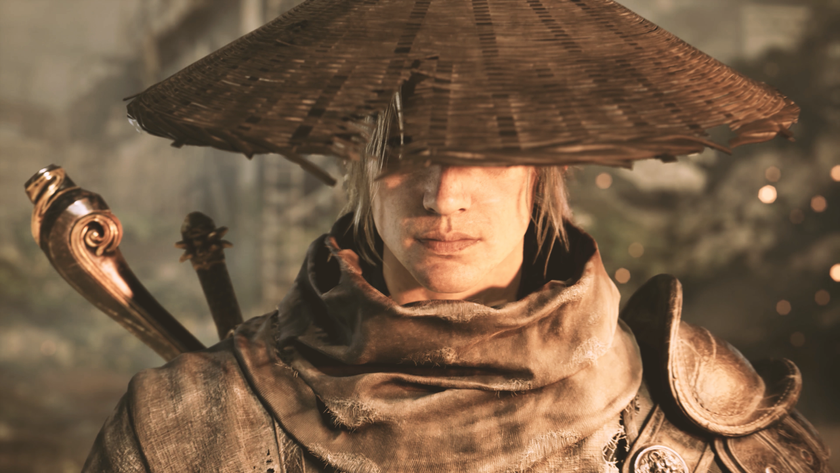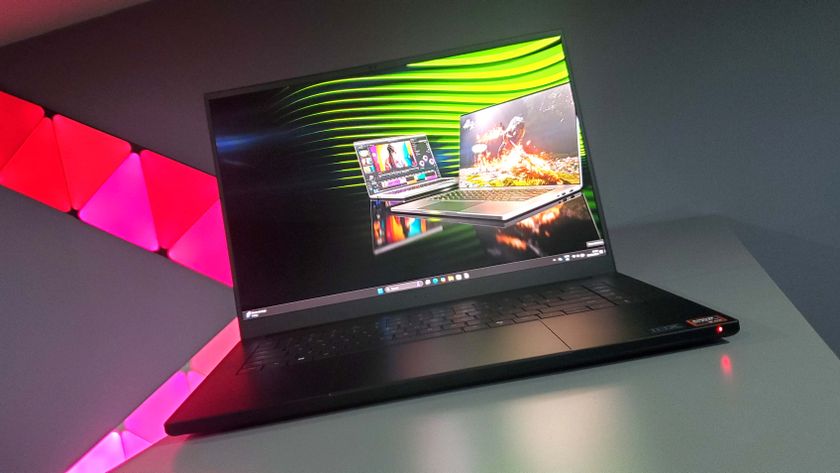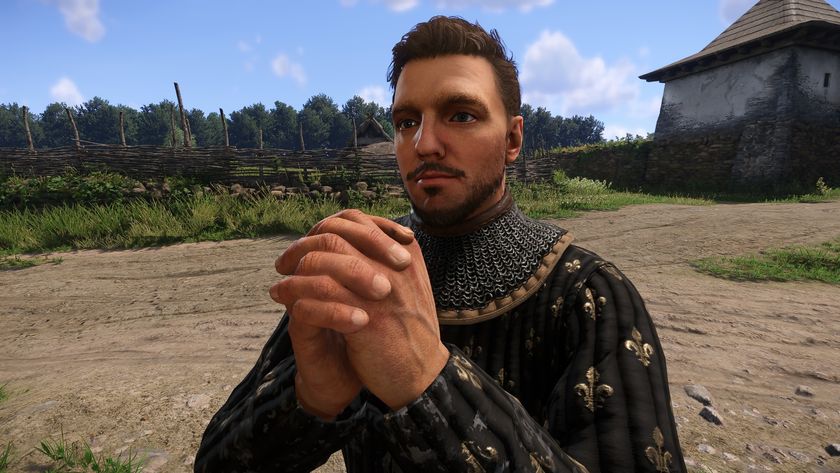CohhCarnage spent 140 hours building an epic Valheim base, here's what he learned
We asked Twitch streamer CohhCarnage to share his architectural wisdom so we can all be Valheim base-building pros.
Building a home in Valheim is easy, but making it both stylish and functional? Surprisingly tough. Twitch streamer Ben 'CohhCarnage' Cassell knows this all too well. He's spent nearly 140 hours playing Valheim since it launched and, in addition to slaying its five bosses and exploring most of its world, he has also constructed one of the most impressive Valheim bases I've seen. It's a sprawling coastal fortress complete with stone walls, a moat, great hall, kitchen, lighthouse, boathouse, crafting stations—you get the idea. It's a Viking dream home that makes Valhalla look like a condemned, inner-city condo.
Cassell isn't the only one gifted with godly architectural skills, either. Go to the Valheim subreddit and you'll find everything from ornate wizard towers to a full-scale Millennium Falcon. Seeing all these elaborate forts might make your own base look like a not-so-great hall, though. So earlier this week I sat down with Cassell to steal all the architectural wisdom he's gained after 140 hours of playing. If you're wanting to take your Valheim builds to the next level, here's what you need to do.
Things to consider before starting a big build
If you're still early on in Valheim, you should be aware that some late-game features will make building significantly easier. It might be best to wait to take on an ambitious construction project after you've unlocked them. One of the biggest ones, Cassell tells me, is the special buff you get from Valheim's second boss, The Elder. After killing him, players get access to an ability that significantly increases the speed at which they can chop down trees. "The Elder buff is huge for farming wood," Cassell says. "Also make sure that you get to the Stone Age first, so you can actually use stonework in your build—that's also very important."
Stone is a necessary ingredient if you want to build anything taller than one or two floors, Cassell explains, and it's also just a cool way to add detail and variety to your Valheim home so not everything is made of wood. To be able to place stone bricks, players will need to first get their hands on iron ore, which is found inside sunken crypts in the swamps. From there they can build a stonecutter to start shaping loose rocks into placeable blocks.
Take time to actually understand the basics
All it takes is just kind of learning how that game world works and everything becomes exponentially easier.
CohhCarnage
Valheim's building system is pretty intuitive, but it's not that intuitive. Things that seem simple often end up having weird quirks you need to account for. Everything snaps together with relative ease, for example, but if you build too high or don't properly support your structures things will begin to collapse. That's because building integrity is something you always have to consider—but it doesn't work like you think it might. "I seriously spent like a solid hour trying to use joist work and real-world techniques, and was like, why isn't this working?" Cassell laughs. "Because then you find out it's just so much simpler."
Cassell's video above explains it all, but the gist is that structural integrity in Valheim isn't at all similar to how it works in the real world. If a slanted roof is breaking because it doesn't have enough support, for example, sticking a buttress or joist on it isn't going to help. What keeps everything structurally sound is how many connecting pieces separate it from the ground. That's why core wood poles (which are twice as high as regular beams) are so valuable when building vertically. What takes you four regular wooden beams you can accomplish with just two core wood poles, letting you effectively build much higher.

Valheim boss: Summon and defeat them all
Valheim stone: Unlock sturdy building parts
Valheim workbench: How to build and upgrade it
Valheim dedicated server: How to get one working
Valheim bronze: How to make it
Valheim seeds: How to plant them
Valheim boar: How to tame one
Valheim armor: The best sets
Valheim commands: Handy cheat codes
The other big thing is terraforming. Terrain in Valheim is rarely flat, so you'll need to use the hoe and pick to shape the terrain to your liking. Cassell's base is built on a flat slab of stone jutting out into the ocean that he handcrafted. But raising the terrain out of the water inch by inch was costing him a disgusting amount of stone. "I was literally going through thousands and thousands of stone," he says. But then he learned a really simple trick (which is hard to describe but demonstrated in the above video) that made it all so much easier. "After I learned the terraforming stuff, it basically took me a couple hundred [stone] instead. So yeah, it was a huge, huge difference. All it takes is just kind of learning how that game world works and everything becomes exponentially easier."
The biggest gaming news, reviews and hardware deals
Keep up to date with the most important stories and the best deals, as picked by the PC Gamer team.
Build from the inside out
If there was one bit of advice that really changed how I thought about building in Valheim, it's Cassell's suggestion to build from the inside out. Until now, I had constantly struggled with mapping out enough space to fit all my crafting stations, decorations, and other amenities. The solution? Place all that stuff down first and then worry about the walls and roof. "When doing the workshop, for example, I planned out exactly how much room I would need for the benches and to be able to walk around easily. And then I would kind of fill out the walls around that. So really, what it came down to is, I would go from the inside out instead of the outside in. And that way I would be mostly containing what I needed, instead of building a structure and then trying to stuff what I needed inside of it."
This philosophy is also what helped Cassell maintain a sense of symmetry to his base. Because he started at the center and then radiated outward to add more buildings like the boar pen, farm, and workshops, everything maintained a consistent spacing and proportions. If he had built the walls first, for example, Cassell would have then had to do a lot of calculations to ensure everything was sized properly.
Another cool trick Cassell used to help map out space was to place wooden beams along the ground to trace the outline of structures and the covered walkways. This not only helps when mapping out the internal space of a building, but also when planning the overall layout of several separate structures.
Don't sweat where to build your base too much
Bring all the boat materials with you through the portal and just build one on the other side. That way, you've saved yourself an entire one-way boat trip.
CohhCarnage
One of the biggest obstacles any Valheim builder will face is where to place their base. No one wants to spend hundreds of hours working on it only to realize that there's not adequate access to necessary resources—especially for crafting. But it's not nearly as much of a problem as you might think: "There's only two things to consider when building your base, and then it's about 95 percent just whatever biome you want. And the only two things to consider are, if you make your base on the same landmass as a meadows and a mountain, then it's easier to get animals—specifically boars and wolves—to your base because you can tame them," Cassell explains. "The only other thing to consider—and this is light spoilers, so I'll keep it as vague as possible—there are certain endgame farming things that require certain biomes. If you want to partake in that certain endgame farming, directly in your base that is, you may want to consider building in the plains biome."
"The beautiful thing about this game is your base is going to be yours, it's going to be an expression of what you want in the game," Cassell adds. "It's so much more important to have that expression have the background of your choosing than it is to be catering to game mechanics."
It's also worth noting that portals make getting around significantly easier, so Cassell recommends just having secondary bases in biomes that you don't have immediate access to. The only wrinkle to that is metal ore, which can't be transported through portals. "I did have a lot of slightly long boat rides, but you can use some cool tricks to speed things up a little bit. For instance, bring all the boat materials with you through the portal and just build one on the other side. That way, you've saved yourself an entire one-way boat trip. Using little tricks like that you can quickly get around and then you can just destroy the boat, pick everything back up and you know, do whatever you want to do."
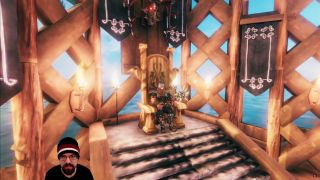
Experiment, iterate, experiment some more
There were many times where I would build something up and then just go, you know what, no, I don't like that, and just instantly break it all down.
CohhCarnage
Going in with a detailed plan is smart, but you shouldn't get so wrapped up in little details that it stops you from actually building something. While so much of Cassell's fort is beautifully designed, he says a lot of that just came from experimenting and iterating over and over again. "One beautiful thing about the Valheim that I think other survival games could really take a page from is the fact that Valheim allows you to get all of the resources back from destroyed workshops and buildings," he says. "If you put a wall up and you don't like it, you just middle click and rip it down and you get everything back. That is so good for fostering creative ideas and creative testing. There were many times where I would build something up and then just go, you know what, no, I don't like that, and just instantly break it all down, collect all the parts and try something different. In fact, I did that, probably 50-plus times [with different parts of the base]."
One thing that really struck me about Cassell's base was the little architectural flourishes: Its open-concept great hall, the vaulted ceilings in the main hallway, or the latticework beams set into the wooden walls. I asked Cassell if he had any interest in real-world architecture or referenced actual Viking homes, but he says all of that just came from experimenting and taking his time to carefully consider every aspect of his base.
Other tidbits of wisdom
It's worth it to spend extra wood putting up scaffolding. You might think you can get by without it, but proper scaffolding will make your build go much faster. "Being able to get above your builds not only helps you kind of creatively figure out how you want to do it, but it also makes it a lot easier to put things on top of each other," Cassell says. "I highly highly recommend scaffolding. With the really nice way that the game is designed to give you all the resources back after breaking things down, you just need to have a stack of 50 wood to use as your scaffolding at all times. It makes things so much easier."
Browse the Valheim subreddit for #inspo. "I did get some great ideas from there," Cassell explains. "As you'll see inside of [my] base, there are definitely little hints here and there of some great ideas I saw on Reddit. Shout out to the Valheim subreddit because it is well moderated, and there's a huge amount of very creative, excellent stuff on there."
With over 7 years of experience with in-depth feature reporting, Steven's mission is to chronicle the fascinating ways that games intersect our lives. Whether it's colossal in-game wars in an MMO, or long-haul truckers who turn to games to protect them from the loneliness of the open road, Steven tries to unearth PC gaming's greatest untold stories. His love of PC gaming started extremely early. Without money to spend, he spent an entire day watching the progress bar on a 25mb download of the Heroes of Might and Magic 2 demo that he then played for at least a hundred hours. It was a good demo.
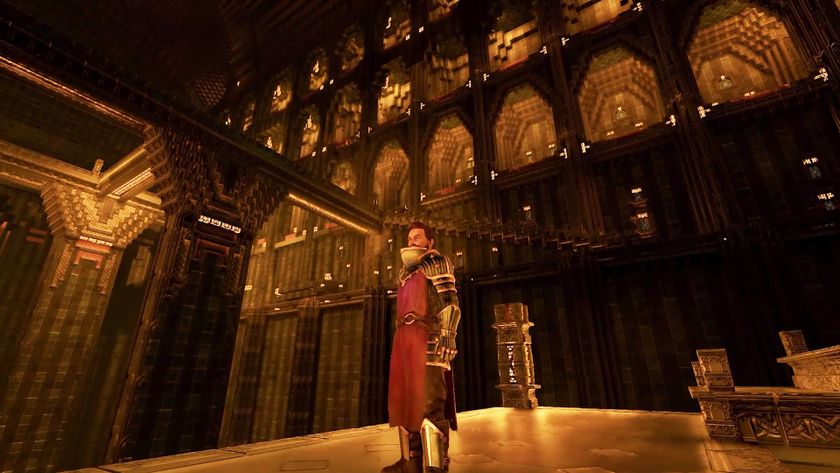
Kings under the Mountain! 33 Enshrouded players spent 10,000 hours to recreate this iconic location from The Lord of the Rings

From Palworld movies to Palworld TV shows: 'Everyone under the sun pitched us every idea you can imagine,' says Pocketpair's communications director

